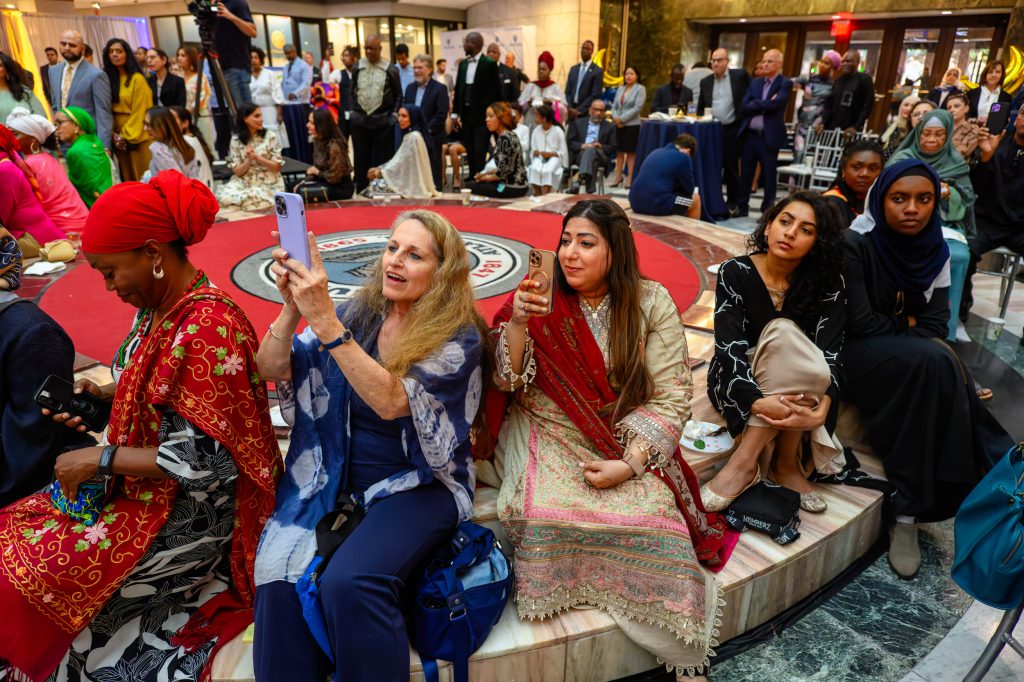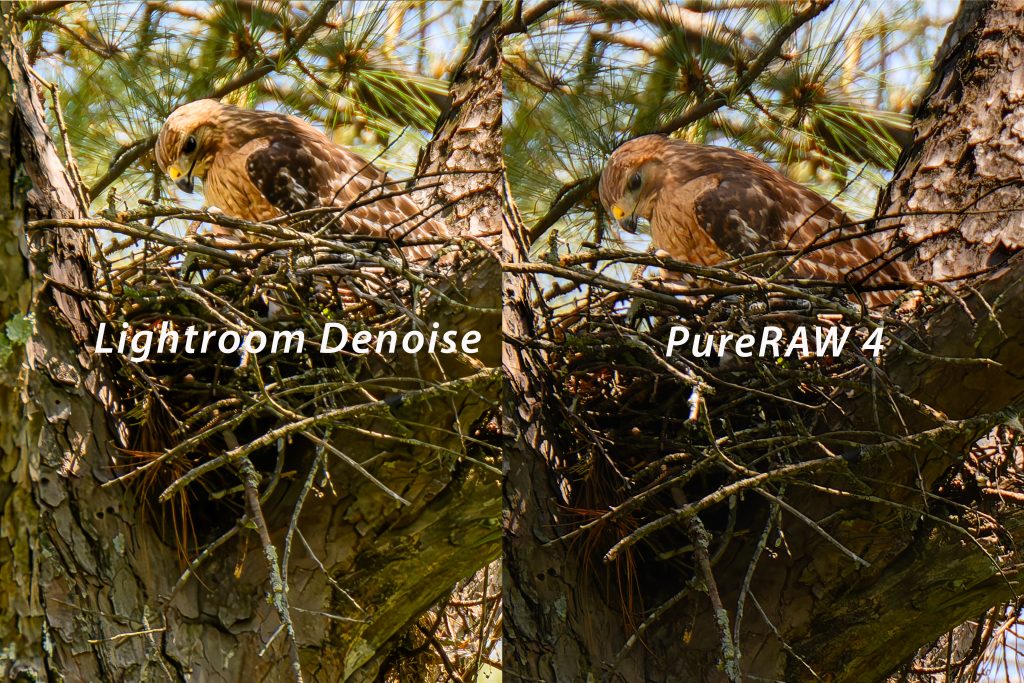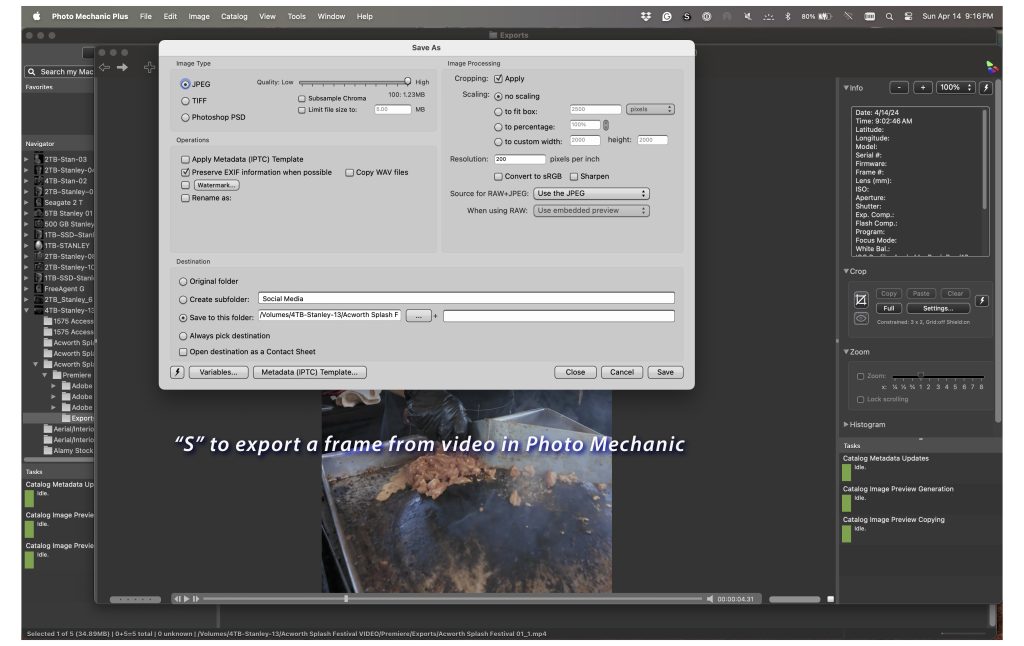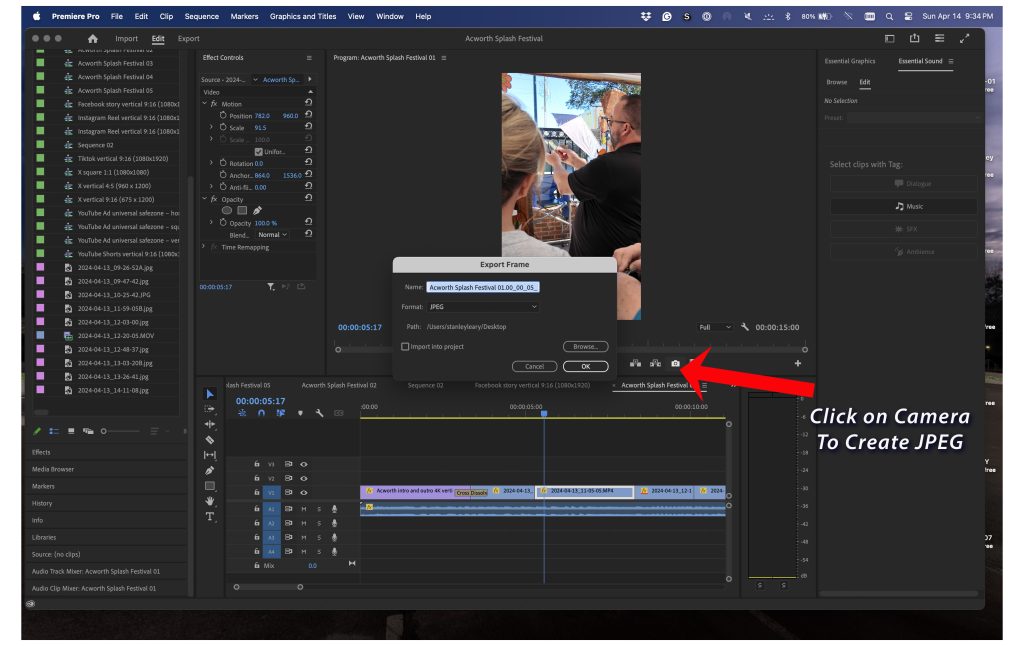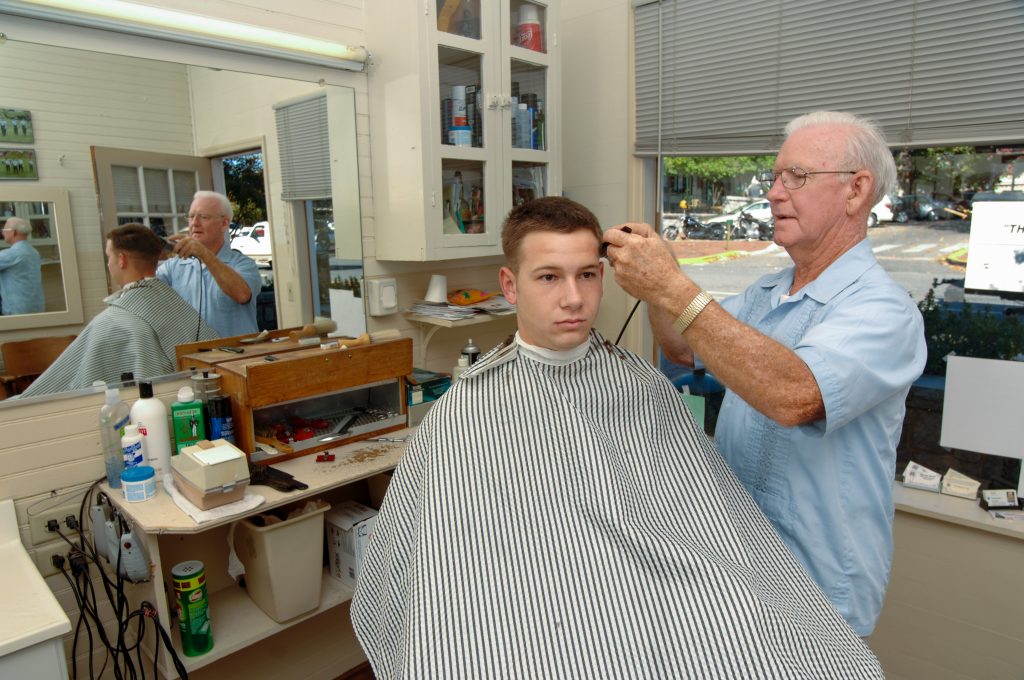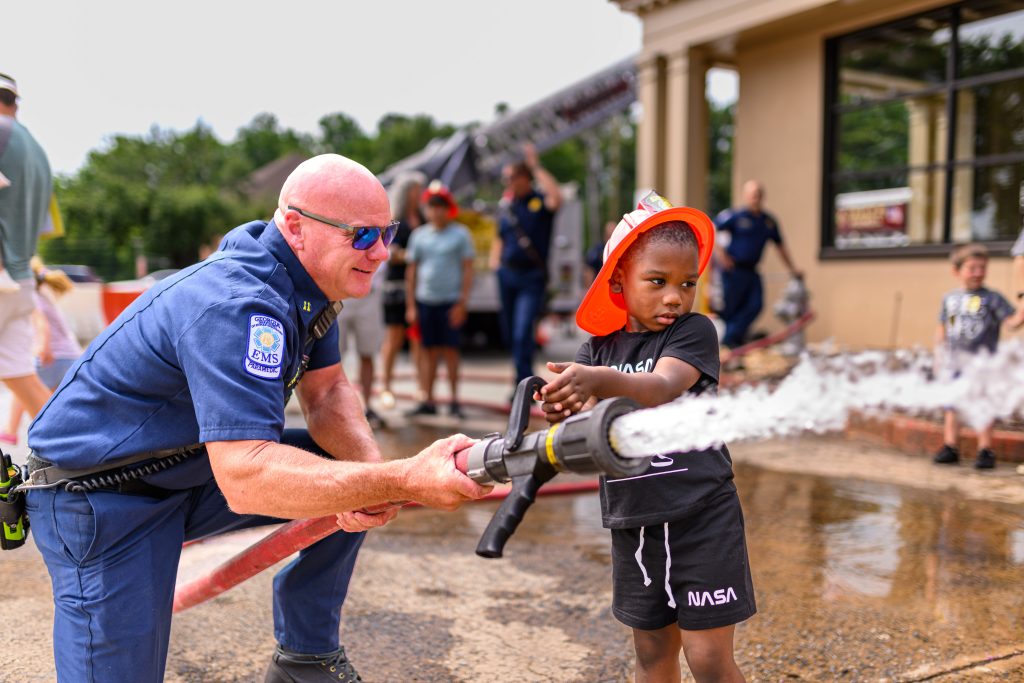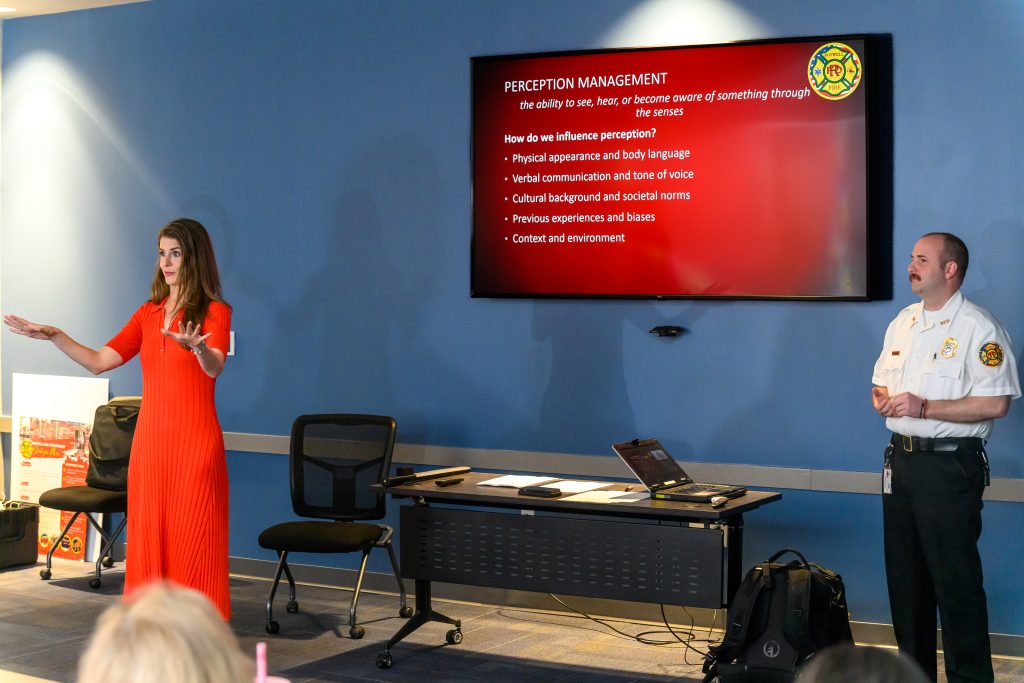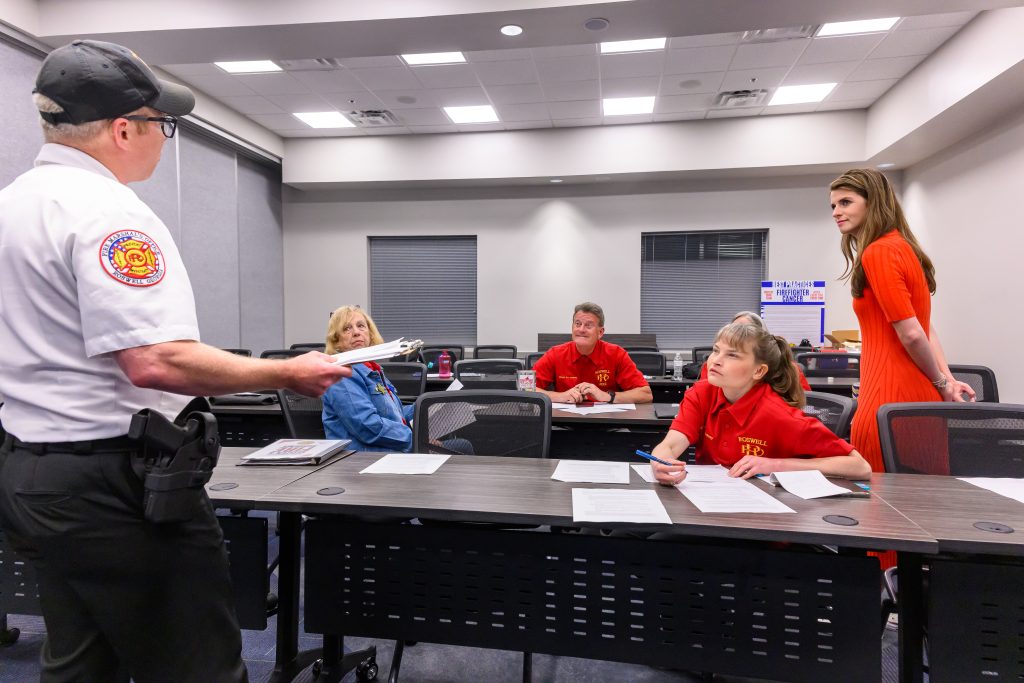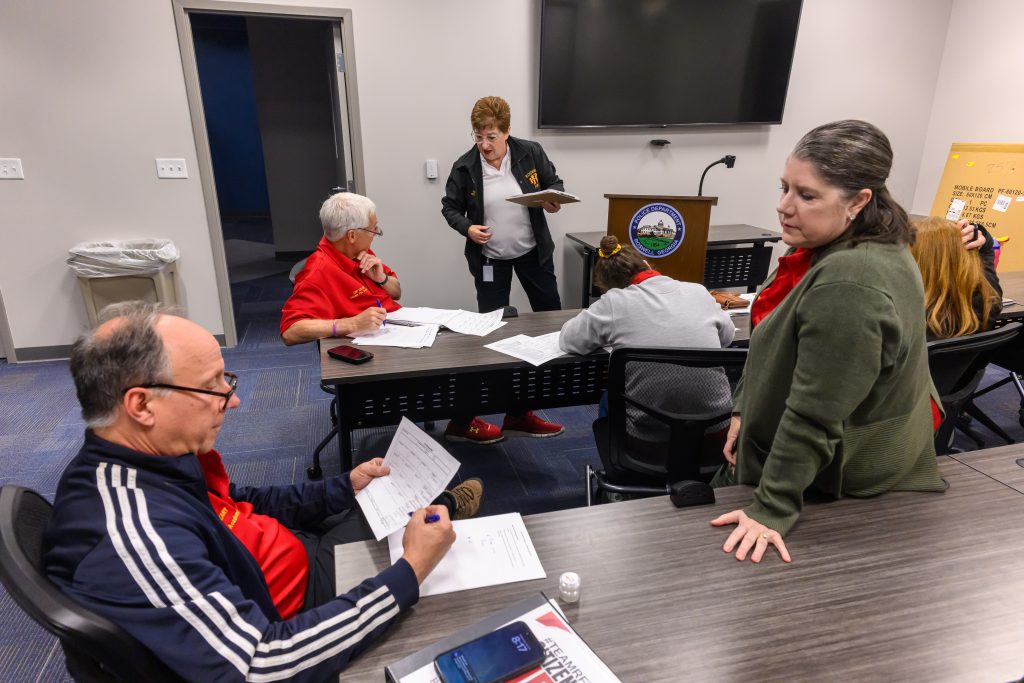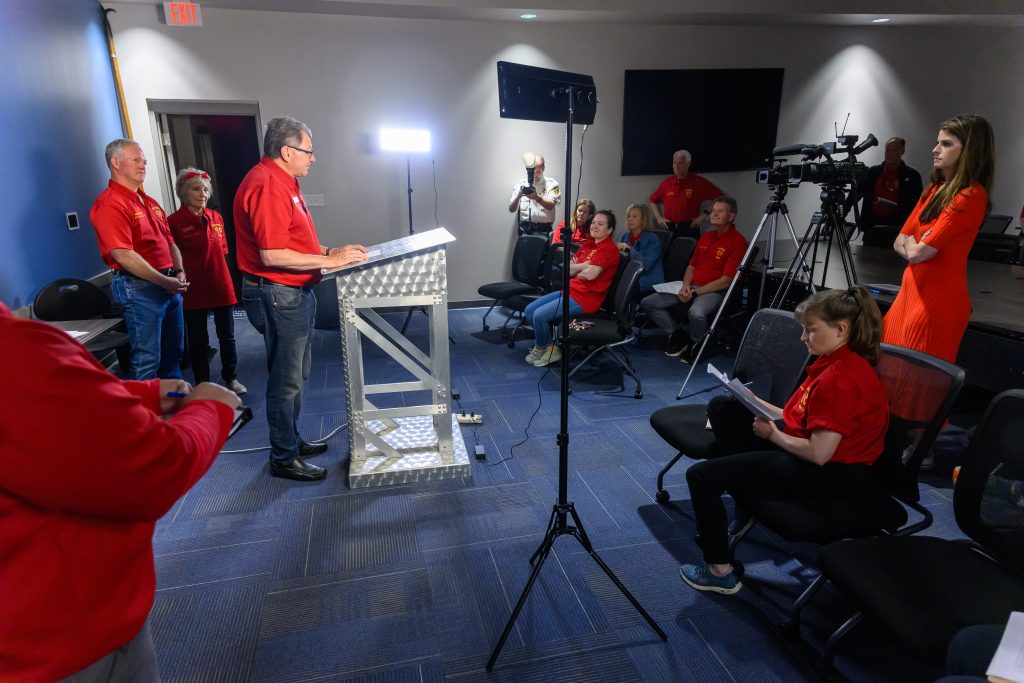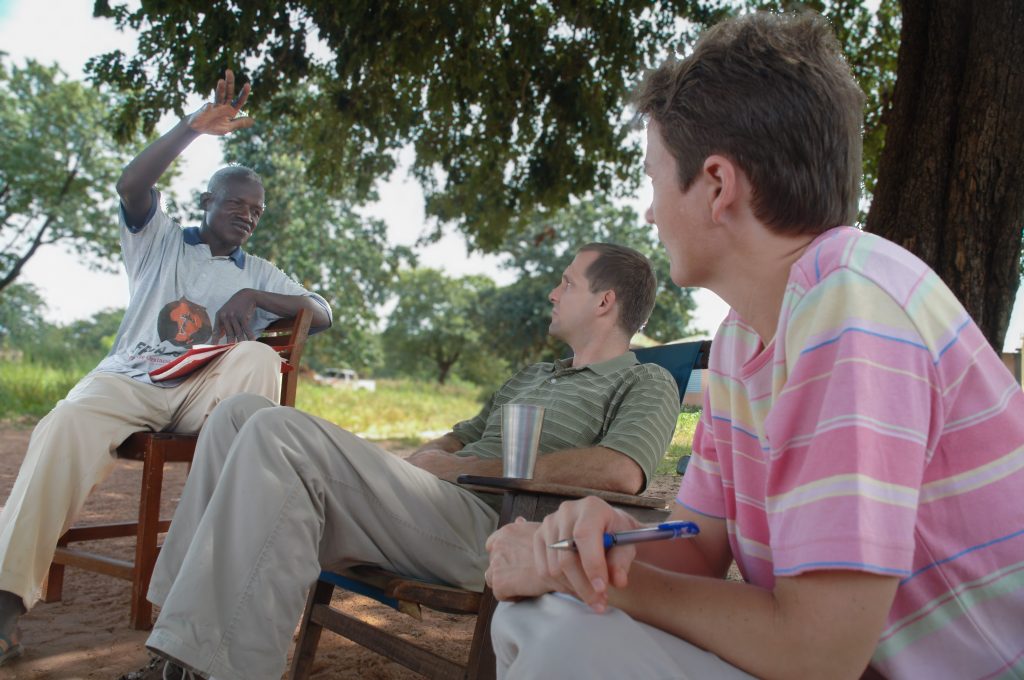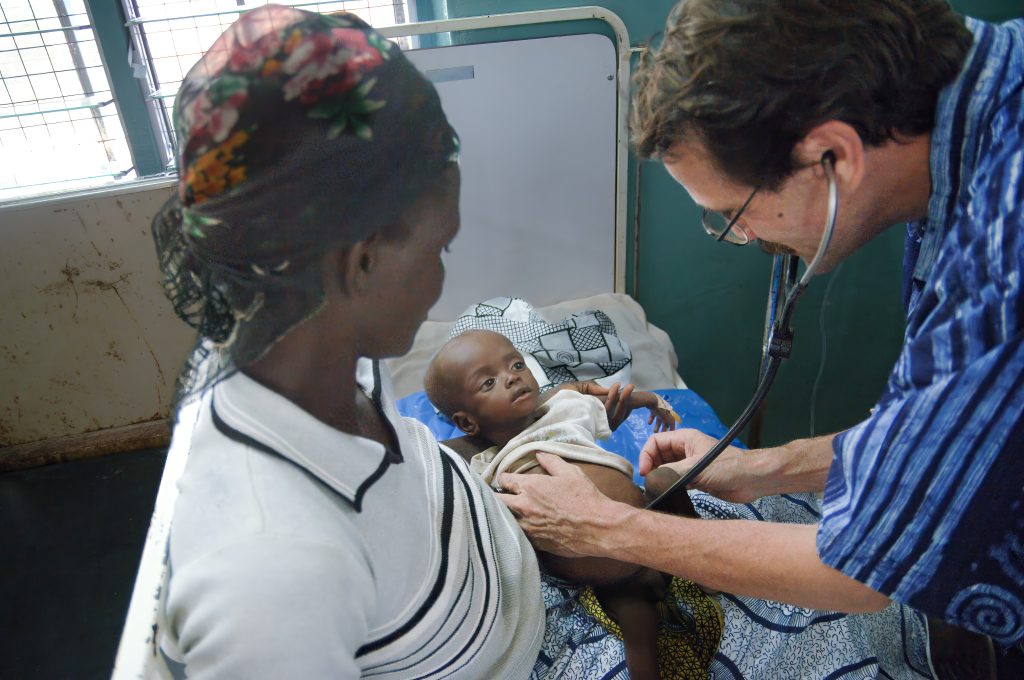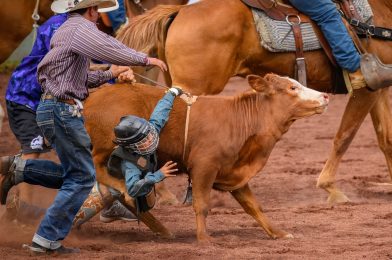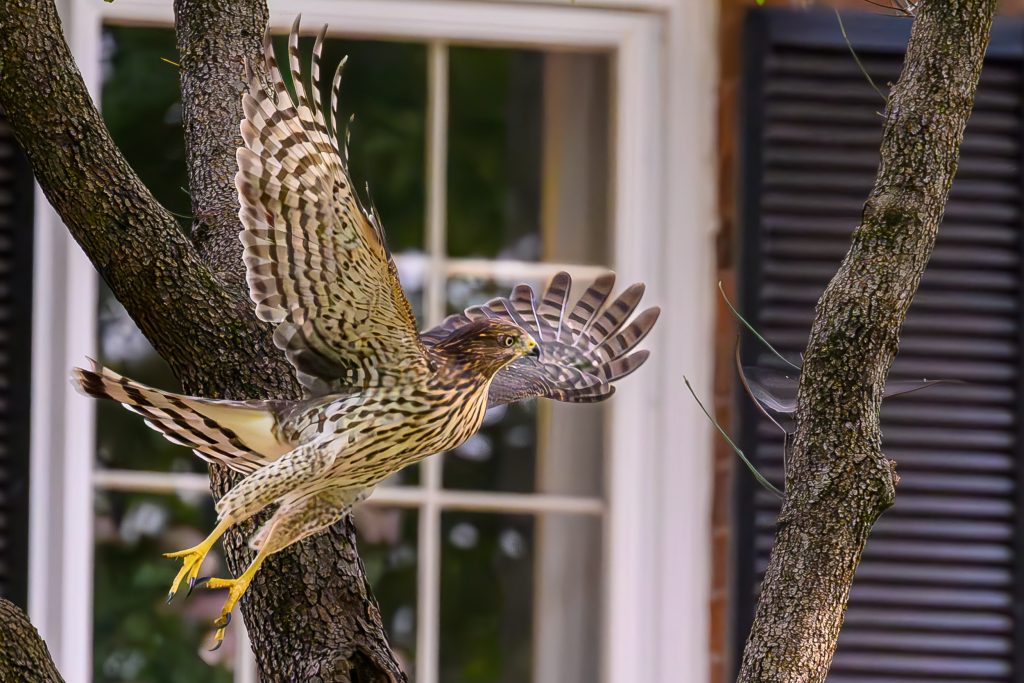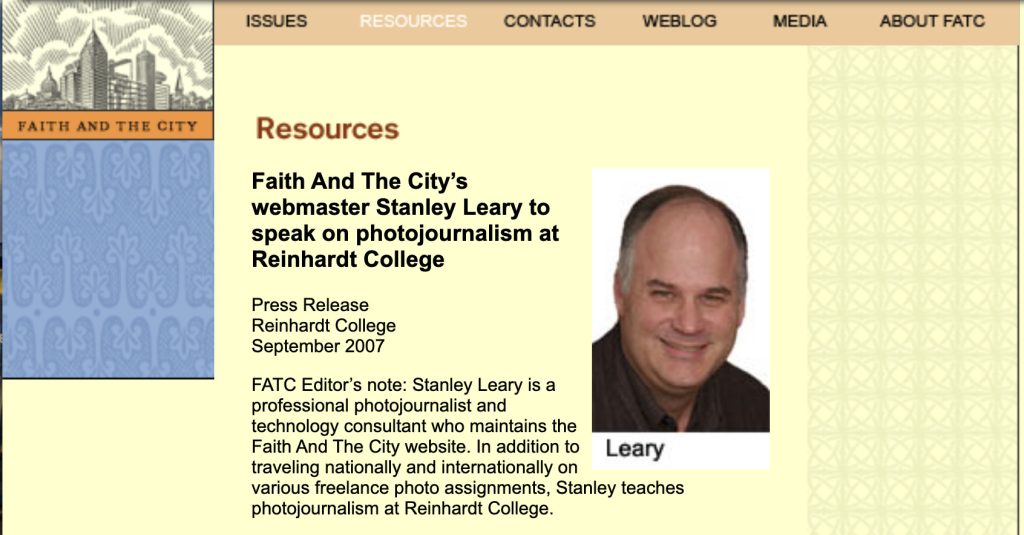Caption: Confidence in Contrast: As one girl beams with assurance, another watches with curiosity and hesitation, capturing the diverse spectrum of emotions within a simple moment at a church in Tsiko, Togo, West Africa. Each expression tells its own story, painting a picture of the complex dynamics of childhood in this vibrant community.
In the tapestry of human existence, there’s a profound longing to be seen and heard. This fundamental desire transcends culture, age, and background. Psychologists and philosophers alike have pondered this intrinsic need, offering insights that echo through the corridors of time.
Carl Rogers, the eminent humanistic psychologist, articulated the importance of empathy in fostering genuine connections. He famously said, “When someone hears you without passing judgment on you, without trying to take responsibility for you, without trying to mold you, it feels damn good!” Rogers understood that being honestly heard validates our experiences and affirms our worth.
Similarly, the existentialist philosopher Jean-Paul Sartre emphasized the significance of recognition in shaping our identity. He posited that “hell is other people” not because they are inherently malicious but because our existence hinges on how they perceive us. In essence, acknowledgment from others constructs the scaffolding of our self-concept.

Yet, amidst the clamor for acknowledgment, there exists a paradoxical truth: the surest path to being seen and heard lies in amplifying the voices of others. This concept reverberates through the ethos of Storyteller and Brand Builder Stanley Leary.
In my journey as a storyteller and brand builder, I’ve witnessed firsthand the transformative power of shining the spotlight on others. I’ve helped individuals and organizations carve out their place in the collective consciousness by weaving narratives that celebrate their triumphs, struggles, and aspirations.
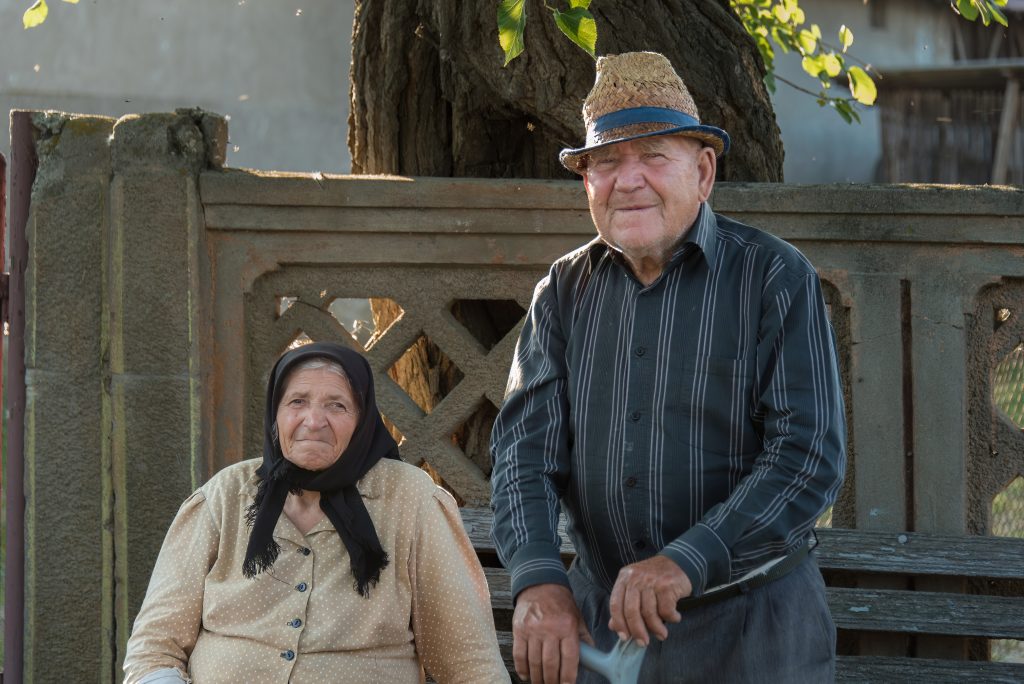
There’s a certain alchemy in channeling one’s energy into illuminating the narratives of others. Maya Angelou once said, “I’ve learned that people will forget what you said, people will forget what you did, but people will never forget how you made them feel.” By amplifying their stories, we validate their experiences and foster a sense of belonging and significance.
In business, making others seen and heard takes on a pragmatic dimension. While conventional wisdom espouses the virtues of crafting a compelling elevator pitch, the true essence of success lies in championing the stories of those we’ve impacted.
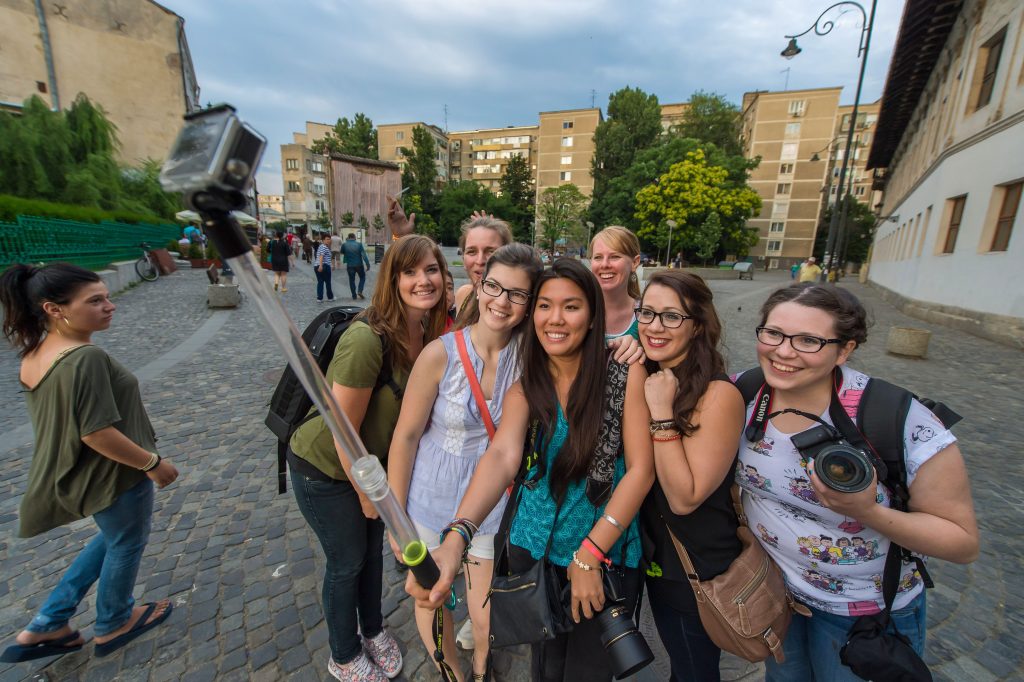
In essence, our professional narrative becomes intertwined with the narratives of those we’ve served. As we recount their successes, challenges, and breakthroughs, we inadvertently showcase our role as catalysts for change. In doing so, we transcend the confines of self-promotion, embracing a more authentic form of visibility rooted in service and empathy.
So, let us heed the wisdom of ages past and present, recognizing that the path to being seen and heard begins with making others seen and heard. In championing their stories, we elevate their voices and amplify our own. It’s a paradigm shift transcending self-interest, paving the way for a more interconnected and empathetic world.




